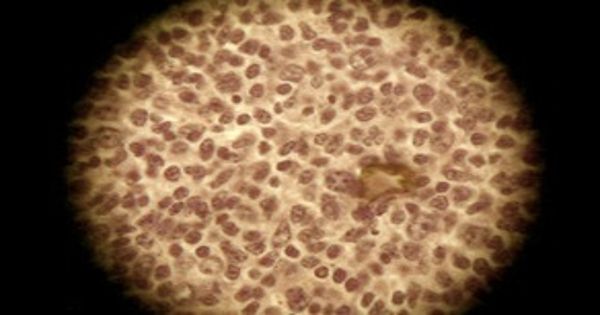Wet nanotechnology studies nanoscale materials on a biological level, including cell parts. It is also known as wet nanotech, involves working up to large masses from small ones. The success of this nanotechnology is amply demonstrated by the existence of living organisms whose form, function, and evolution are governed by the interactions of nanometer-scale structures.
Wet Nanotechnology is the study of biological systems that exist primarily in a water environment. The functional nanometre-scale structures of interest here are genetic material, membranes, enzymes, and other cellular components.
Wet nanotechnology requires water in which the process occurs. The process also involves chemists and biologists trying to reach larger scales by putting together individual molecules. Wet chemical synthesis routes allow fine-tuning of the reaction conditions (temperature, the concentration of substrate, additives or surfactants, pH, etc.) to afford the desired nanomaterials. While Eric Drexler put forth the idea of nano-assemblers working dry, wet nanotech appears to be the likely first area in which something like a nano-assembler may achieve economic results.

These advances in wet nanotechnology have serious implications for the future of medicine and genetics. Pharmaceuticals and bioscience are central features of most nanotech start-ups. Richard A.L. Jones calls nanotechnology that steals bits of natural nanotechnology and puts them in a synthetic structure biokleptic nanotechnology. He calls building with synthetic materials according to nature’s design principles biomimetic nanotechnology. Instead of being put on waitlists for organ transplants, patients could have their damaged organs replaced with tissues built using wet nanotechnology.
Metal oxide nanoparticles are an important class of nanomaterials that have found several applications in science and technology. Using these guiding principles could lead to trillions of nanotech robots, that resemble bacteria in structural properties, entering a person’s bloodstream to do medical treatments. Through wet chemical synthesis, it is possible to achieve selective surface structures, phrases, shapes, and sizes of metal oxide nanoparticles, leading to a set of desired properties.
















